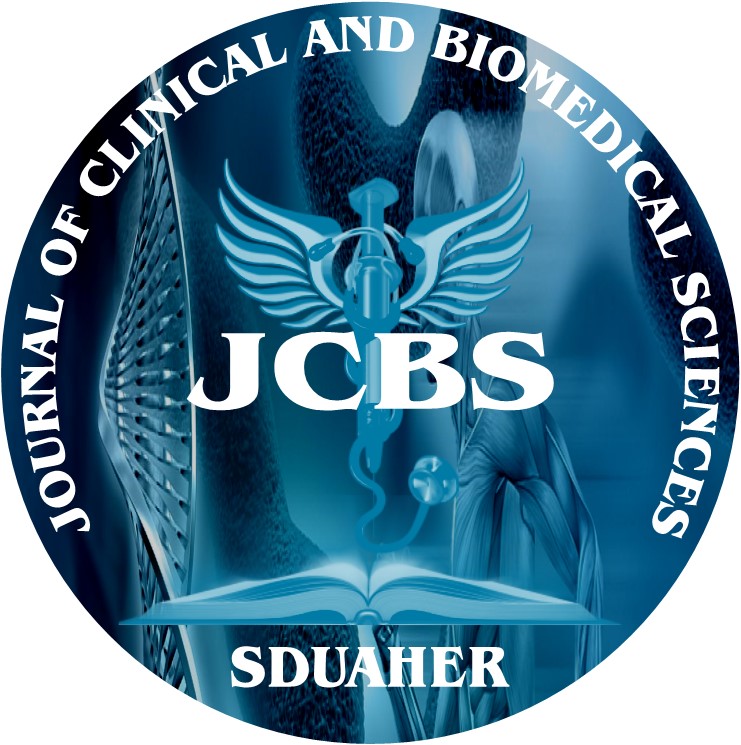


Journal of Clinical and Biomedical Sciences
Year: 2019, Volume: 9, Issue: 4, Pages: 103-111
Original Article
Savitha N1*, Anitha D1, PM Beena2
1. Assistant Professor, Department of Microbiology, Sri Devaraj Urs Medical College, Sri Devaraj Urs Academy of Higher Education and Research, Kolar.
2. Professor & HOD, Department of Microbiology, Sri Devaraj Urs Medical College, Sri Devaraj Urs Academy of Higher Education and Research, Kolar.
*Corresponding Author
E-mail : [email protected]
Mobile No : 9886998046
Background: Healthcare-associated infections have emerged as a significant cause of mortality in the recent years. One of the major concerns in the prevalence of such infections is the development of multidrug-resistant microorganisms. Aim: The present surveillance study was conducted to assess the prevalence, microbiological spectrum, and antimicrobial susceptibility aminoof the microorganisms at a tertiary care hospital. Methods: The study was conducted between May 2014 and December 2016 including 466 patients (255 men and 211 women) diagnosed with healthcare-associated infections. Data related to sex, age, time of admission, type of surgery, and complication were collected. Samples of the pus, urine, and blood were collected and sent for isolation and characterization of microorganisms. Antimicrobial sensitivity was conducted by following the Clinical Laboratory Standards Institute (CLSI) guidelines. Data obtained were recorded in Microsoft Excel and analyzed using R 3.3.1; P < 0.05 indicative of significant differences. Result: Mean age of the patients was 41.01 ± 18.11 years. Prevalence results were highest in surgical site infec-tion (79.18%) and gram-negative organisms (80.92%) were the prevalent causes of infection. Escherichia coli (21.54%), Pseudomonas aeruginosa (15.76%), and Acinetobacter sp. (12.22%) were the predominant organ-isms with maximum sensitivity towards carbapenems, aminoglycosides, and cotrimoxazole, respectively. E. coli was the prevalent producer of AmpC and extended-spectrum beta-lactamases. Conclusion: Reduced sensitivity to the majority of antimicrobials has led to the prevalence of gram-negative organisms in the healthcare-associated infections. However, carbapenems and chloramphenicol along with aminoglycosides remain the effective broad-spectrum antimicrobials. Further studies are required strategies to minimize antibiotic resistance, which can lead to improvement in therapeutic methods.
Keywords: Escherichia coli, Carbapenems, Surgical site infection, Lactamases
Subscribe now for latest articles and news.